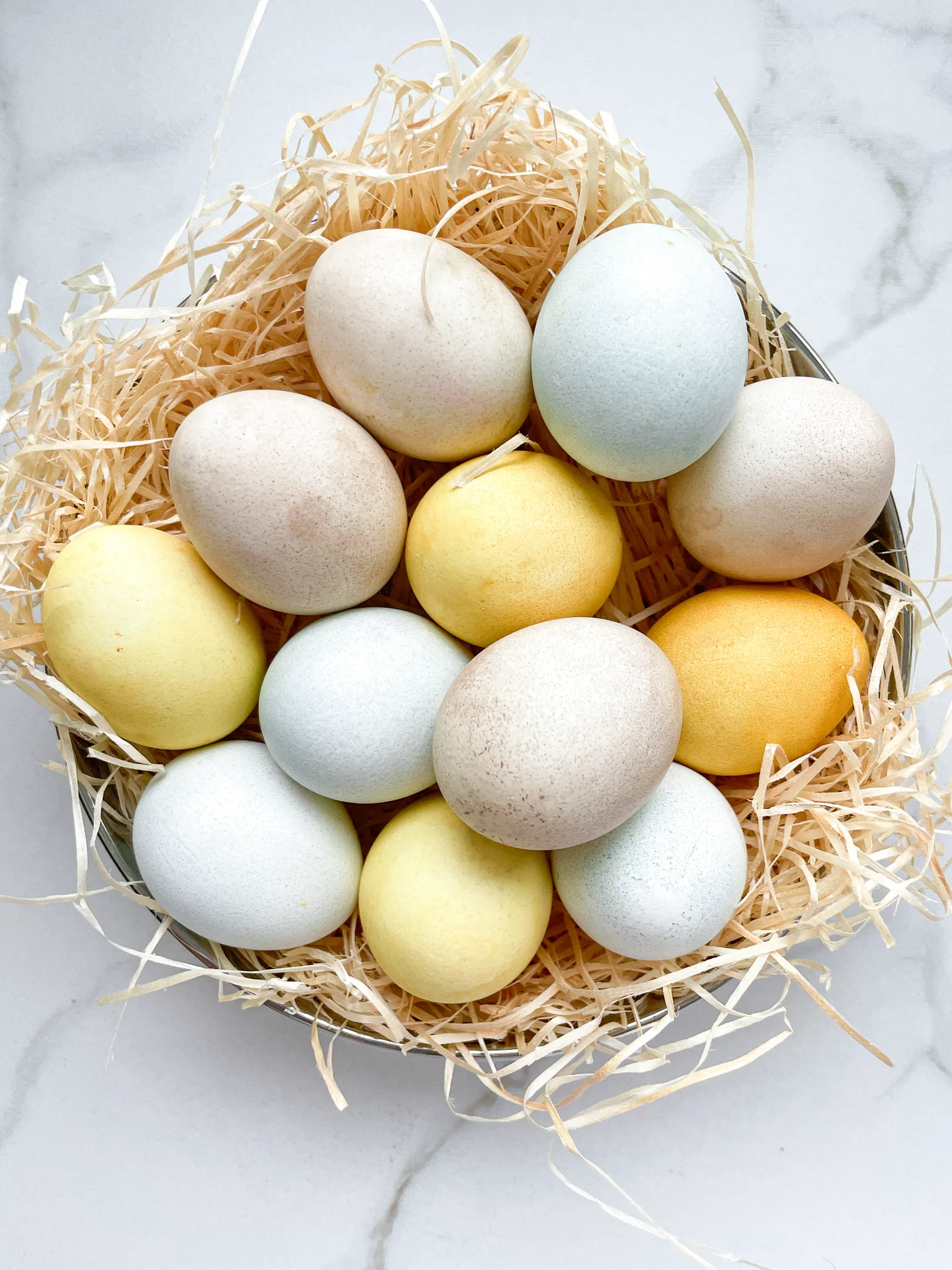
Natural Easter Egg Dye
March 27, 2024 by Kimberly
Embrace a colorful Easter tradition with natural dyes! Create stunning red, blue, and yellow eggs using just beetroot, red cabbage, and turmeric. A fun, family-friendly adventure awaits!
4 HRS
EASY
VEGETARIAN
INT.
85 PER EGG
–
EASTER
EGGS
SPRING
ABOUT THE RECIPE
Embrace the magic of Easter with this natural Easter egg dye recipe! Using just red cabbage, beetroot, and turmeric, you can create a spectrum of vibrant, non-toxic colors. It’s a fun, eco-friendly activity that brings the beauty of nature into your Easter celebrations. Perfect for families looking to add a personal touch to their Easter eggs without the chemicals.
How to serve:
Display your naturally dyed Easter eggs as the centerpiece of your Easter table, nestled in a nest of fresh grass or delicately arranged in a rustic basket. They make for a stunning display that sparks conversations about the beauty of using natural ingredients. Incorporate them into your Easter egg hunt for a delightful surprise, or use them as personalized place settings, adding a touch of charm and warmth to your holiday gatherings.
How to store:
To keep your naturally dyed Easter eggs fresh, store them on your countertop or dining table for up to 5 days or in the refrigerator for up to 2 weeks
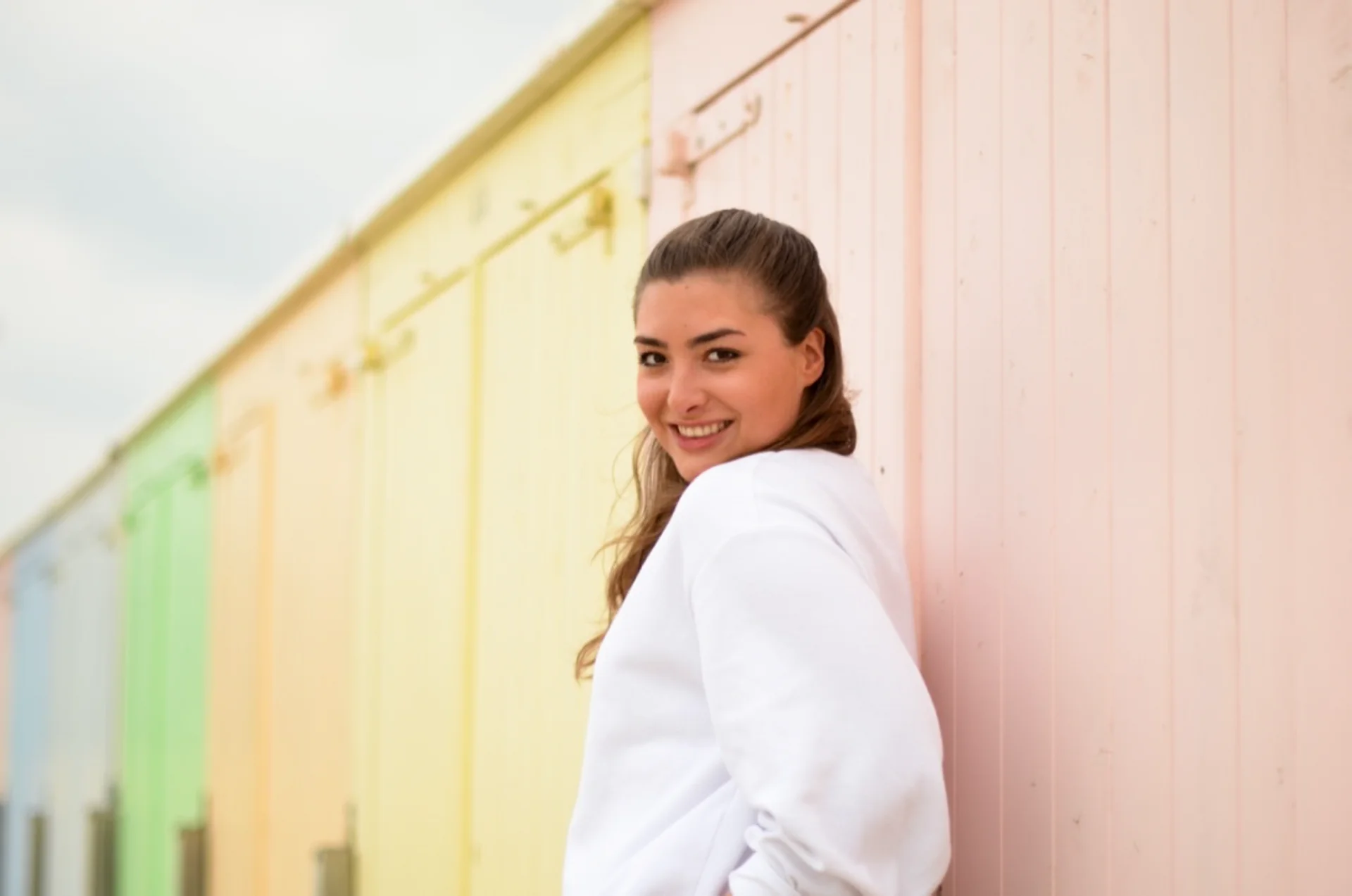
Hi, I'm Kimberly.

If you want to get to know me better, click here!
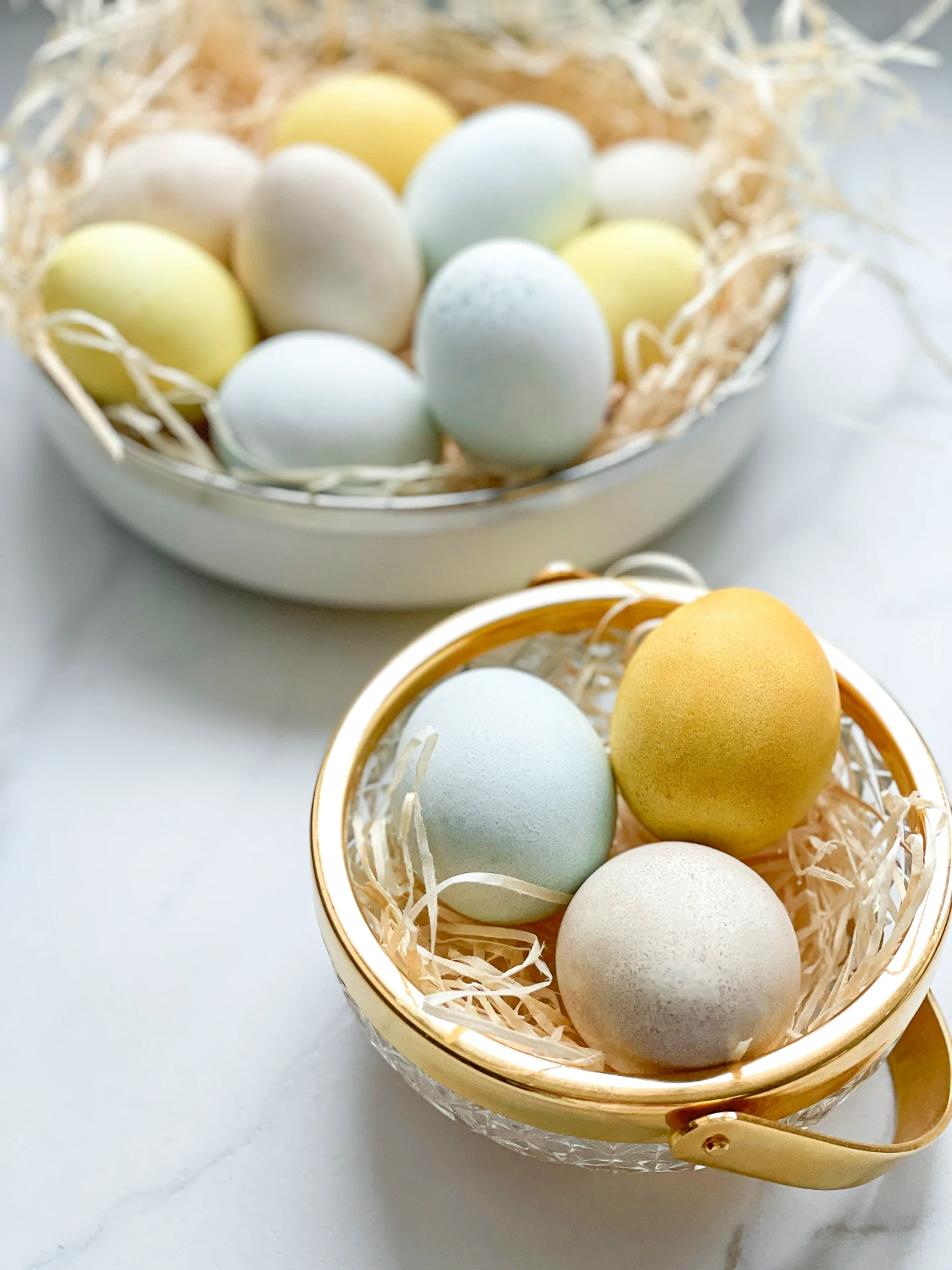
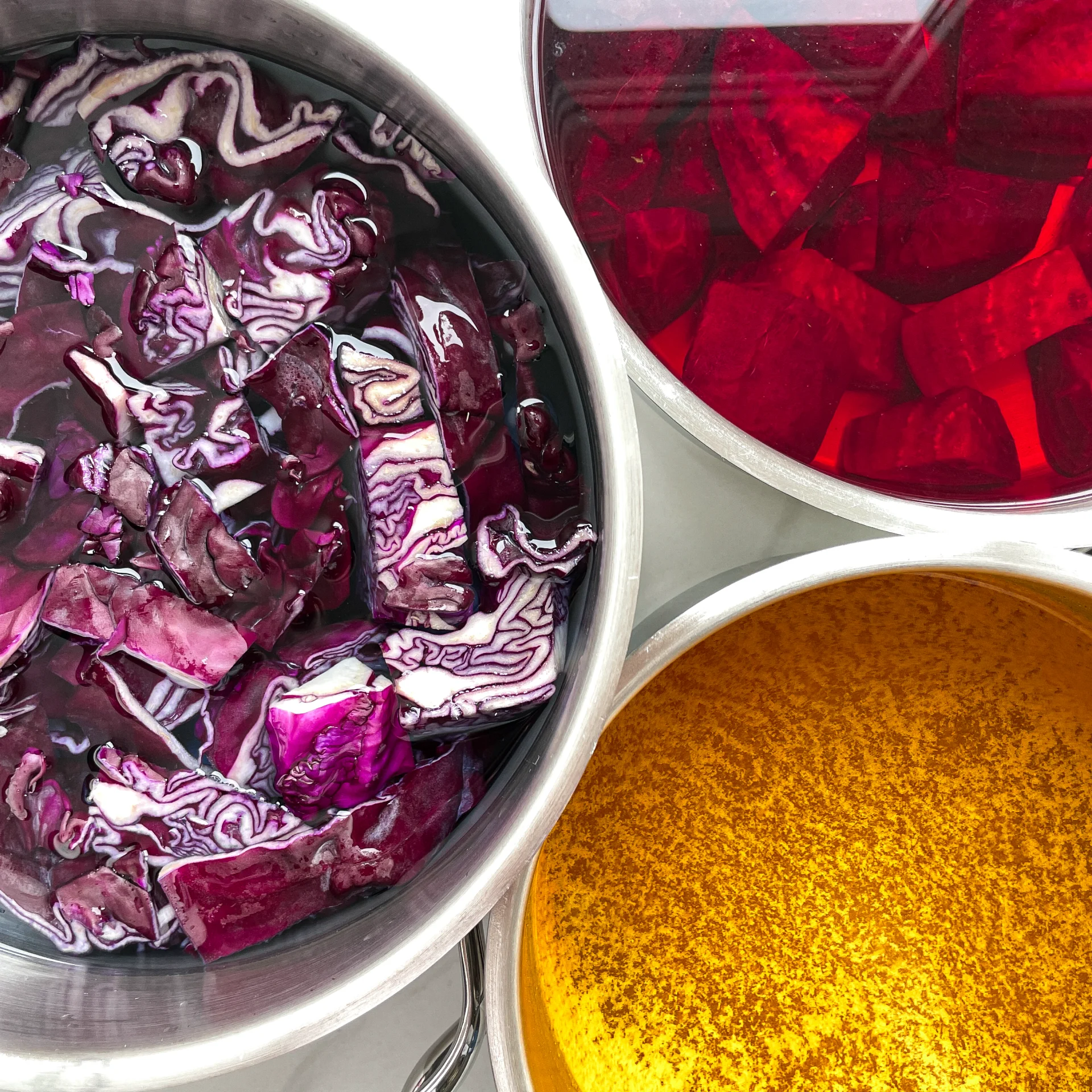
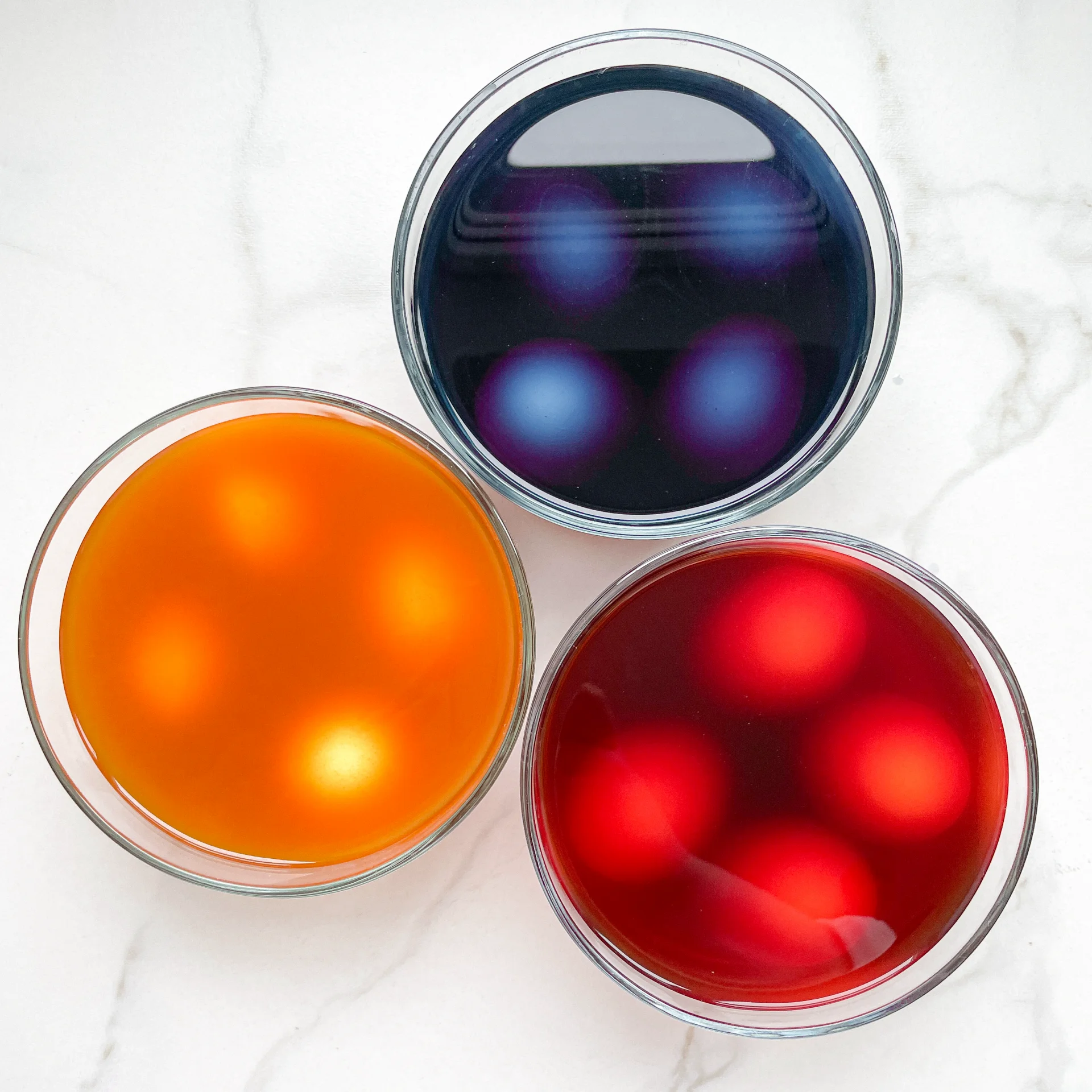
INGREDIENTS
FOR 24 EGGS
BROWN EGGS
- 300g beetroot
- 1 liter water (4 cups)
BLUE EGGS
- 300g red cabagge
- 1 liter water (4 cups)
YELLOW EGGS
- 1.5 tsp turmeric
- 1 liter water (4 cups)
OTHER INGREDIENTS
- 24 eggs
- 1 tbsp vinegar
- 1 tbsp olive oil (optional)
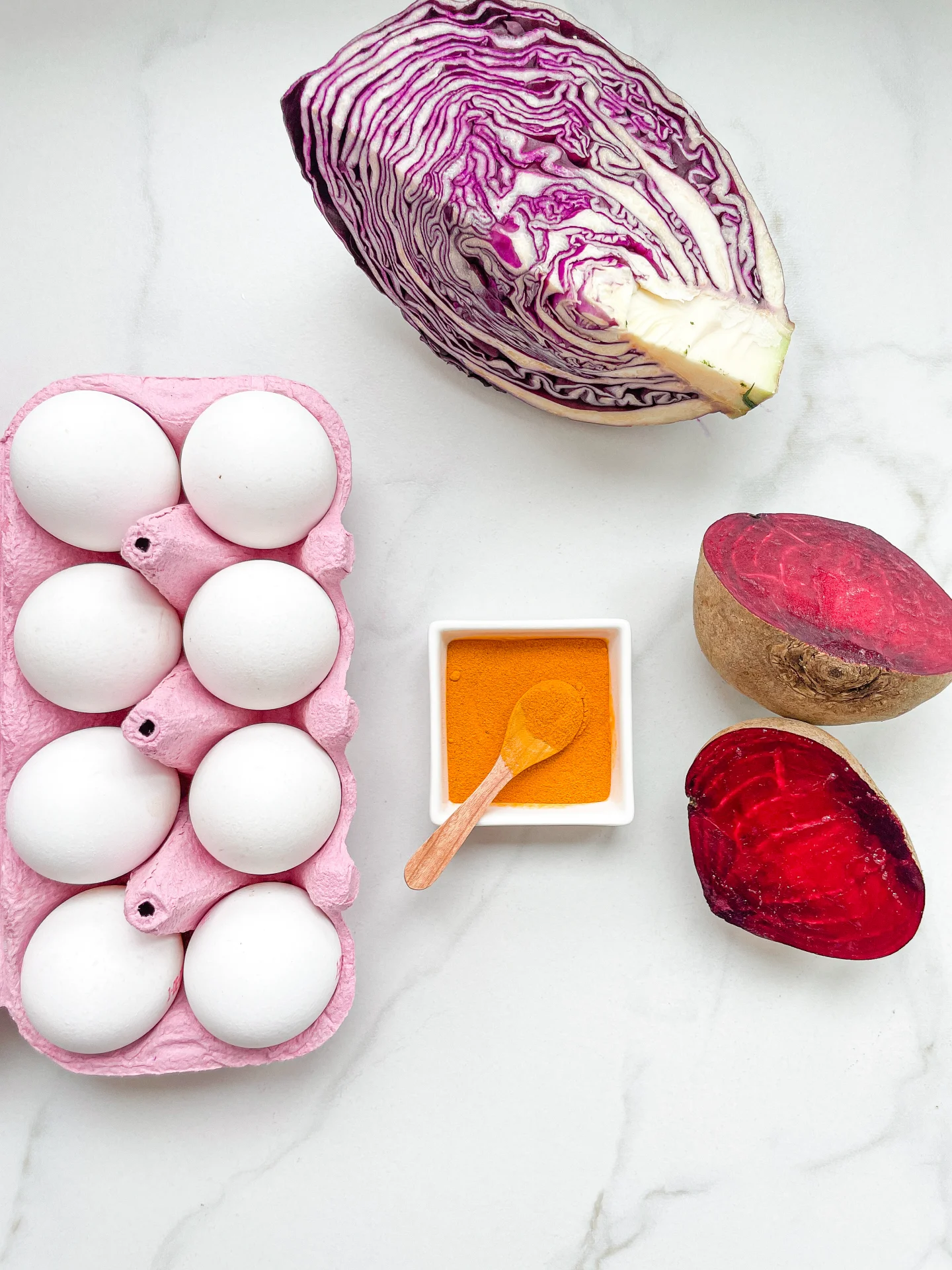
ACTIVE: 1 min
PASSIVE: –
PREPARATIONS
Recommended Equipment
- sharp knife
- cutting board
- four medium-sized pots
- three medium-sized bowls
- sieve
- kitchen paper
- small bowl
- disposable gloves to prevent the vegetables from staining your fingers
- to prevent the eggs from cracking, you should take them out of the fridge early enough so that they reach room temperature and are not cold when placed into the boiling water.
ACTIVE: 20 min
PASSIVE: 3.5 hours
COOKING
7. Once the eggs and the broths have cooled, you can now place the eggs in the broth. I left them in for 2 hours because I like the pastel tone best. For a more intense color, the eggs can be left in the broth longer.




0 Kommentare